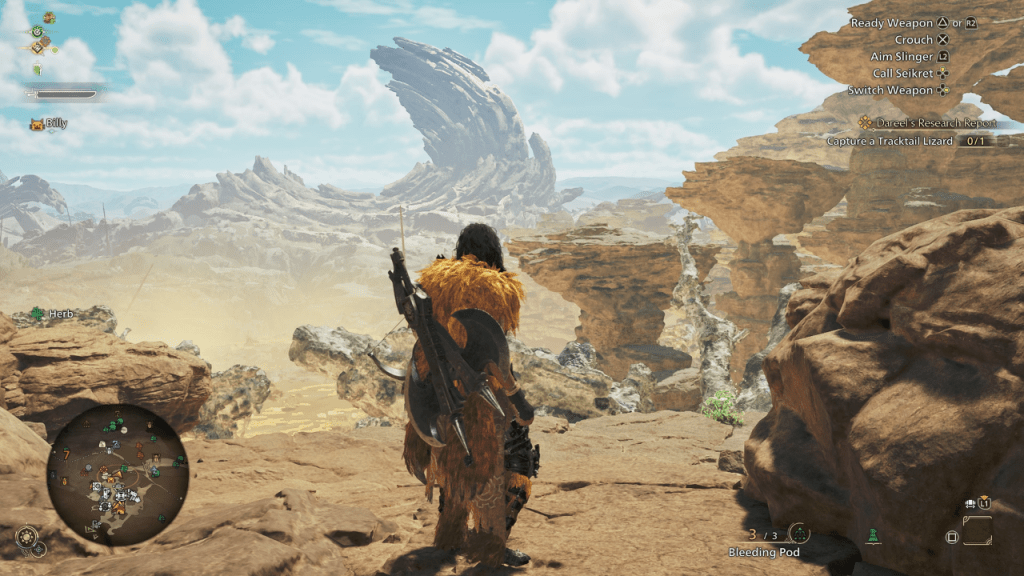In *Monster Hunter Wilds*, the dynamic interplay of seasons and weather in the Forbidden Lands not only enhances the game's visual appeal but also profoundly impacts gameplay. Here's a comprehensive guide to understanding and navigating the seasonal and weather changes in *Monster Hunter Wilds*.
Monster Hunter Wilds Seasons, Explained

*Monster Hunter Wilds* features two distinct seasonal phases in the Forbidden Lands: Fallow and Plenty. The game kicks off in the Fallow season, characterized by its harsh environment and intense weather events. This season sees a scarcity of resources, making survival challenging. Monsters become more aggressive and are more likely to engage in territorial conflicts, adding an extra layer of difficulty to your hunts.
In contrast, the Season of Plenty brings a more welcoming atmosphere with abundant flora and vibrant environmental changes. During this season, small monsters are less hostile and less likely to form packs, making your adventures slightly easier. The abundance of Endemic Life and various plants during Plenty makes it a prime time for gathering resources, much to the delight of both the villagers in the Forbidden Lands and *Monster Hunter Wilds* players.
Between these seasonal shifts, you'll experience brief but intense weather events known as Inclemency. These events intensify the weather, setting the stage for dramatic encounters with Apex Predators. A notable example is the Pinnacle of the Pack Assignment, where you face the Alpha Doshaguma during the Sandtide, a fierce lightning-filled sandstorm. These unique weather conditions during Inclemency add excitement and challenge to your battles against Apex Predators throughout *Monster Hunter Wilds*.
How To Check the Seasons and Weather in Monster Hunter Wilds

To keep track of the current season and weather, *Monster Hunter Wilds* offers helpful indicators within the game's HUD and map. The HUD displays icons in the bottom left corner, showing the time of day and current season. For a more detailed view, access your map and press the prompted button to open the Environment Overview, which provides comprehensive information on the prevailing weather and season.
Additionally, Optional Quests, which are replayable, are set in specific times of day and seasons. When undertaking these quests, you'll be temporarily transported to the designated environment, regardless of the current season in your main game world.
How To Change the Season and Weather in Monster Hunter Wilds
Given that the flora and fauna in *Monster Hunter Wilds* are significantly influenced by the seasons, you might find it beneficial to switch between Fallow and Plenty depending on your needs. Fortunately, the game allows you to manipulate the seasons and weather.
To change the season and weather, you'll need to pitch your tent and rest. Once inside your tent, navigate to the BBQ Menu and select the Rest option. Here, you can adjust the Environment and Time settings for when your Hunter wakes up, allowing you to tailor your gaming experience to your strategic advantage.
However, resting in *Monster Hunter Wilds* incurs a cost of 300 Guild Points and is only available to Hunters of High Rank. It's also important to note that you cannot rest during an active quest.
With this guide, you're now equipped to navigate and utilize the seasons and weather in *Monster Hunter Wilds* effectively. Dive into the game, available now on PlayStation, Xbox, and PC, and experience the dynamic world of the Forbidden Lands like never before.






